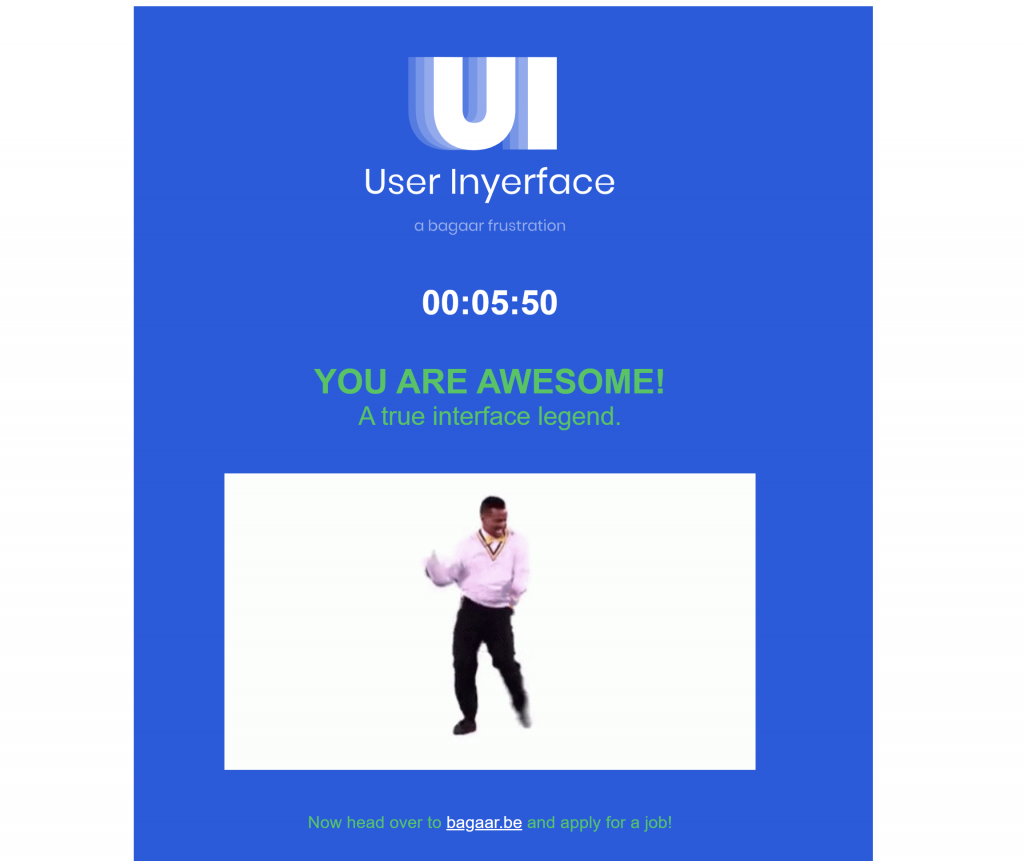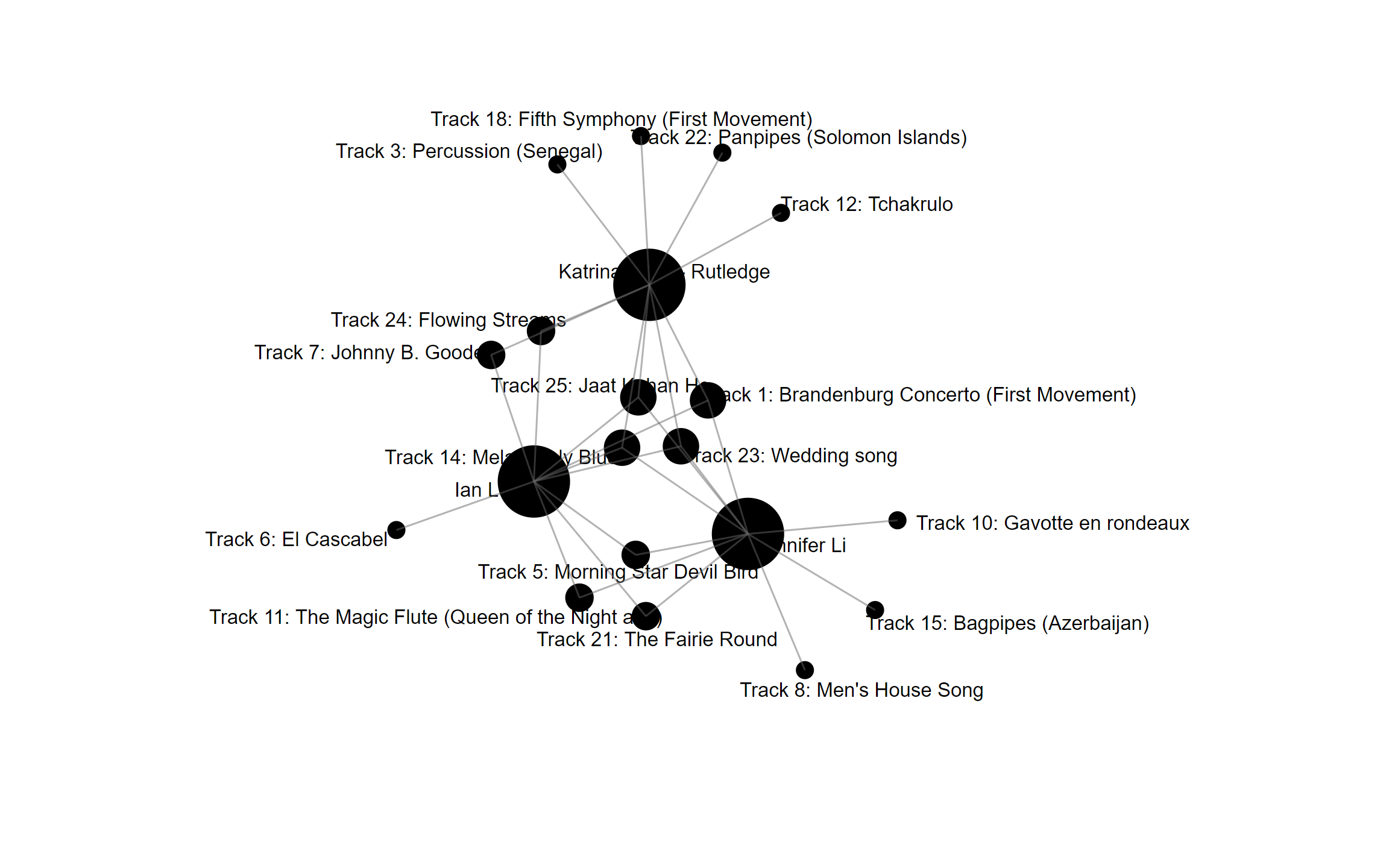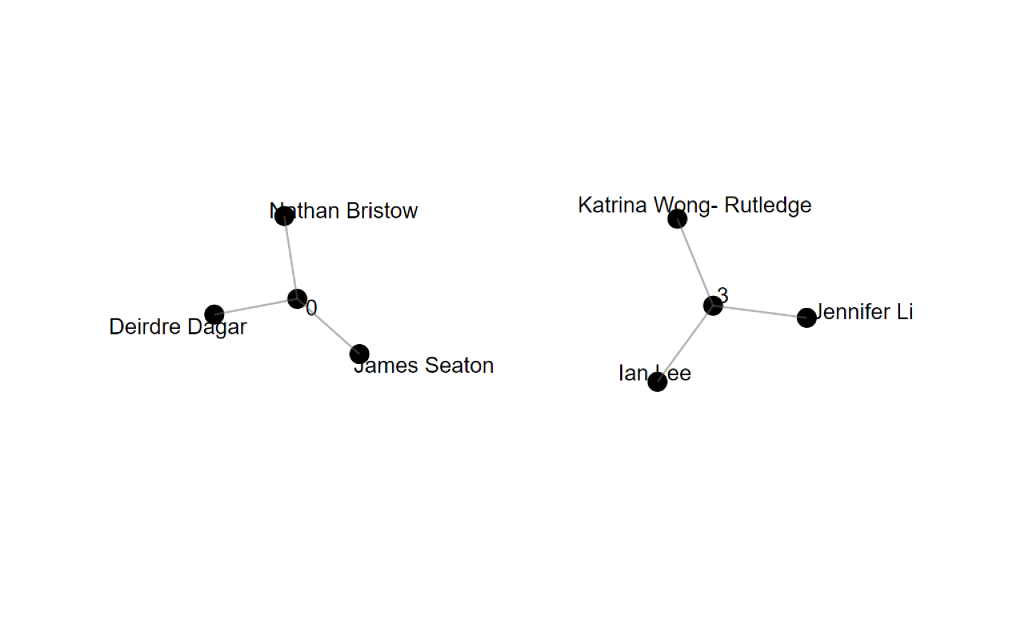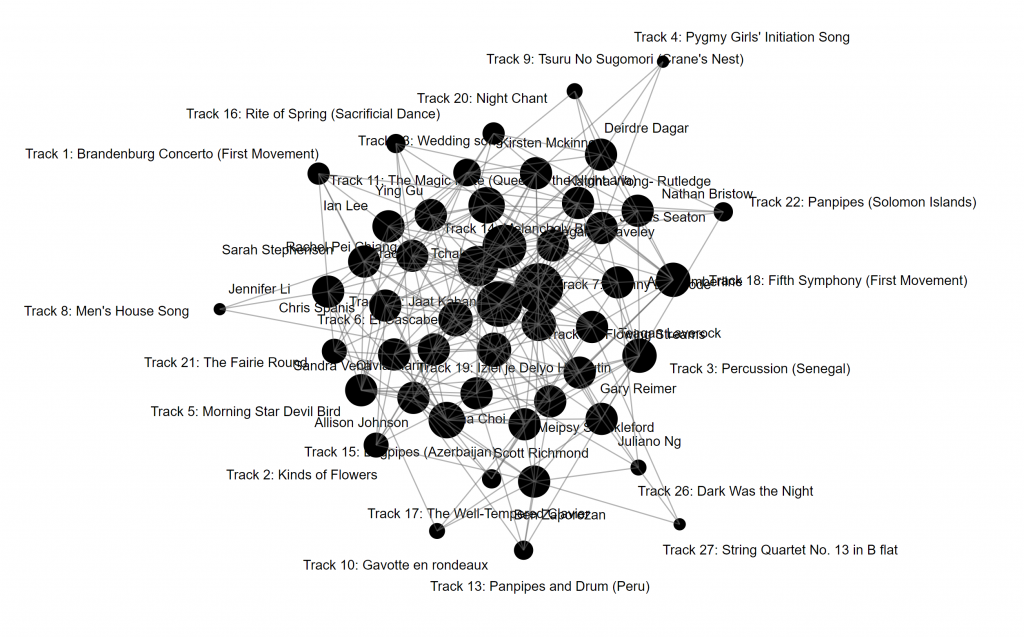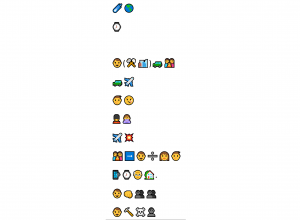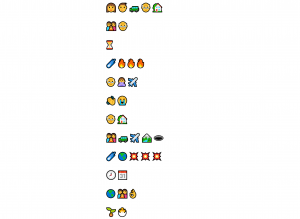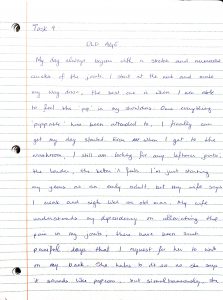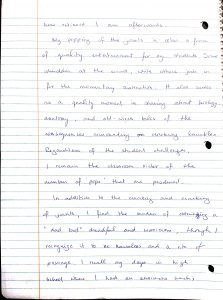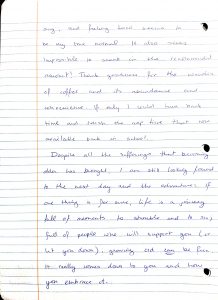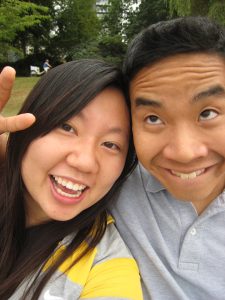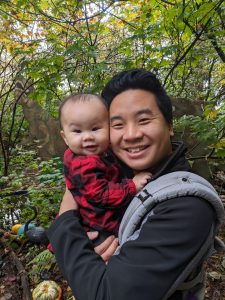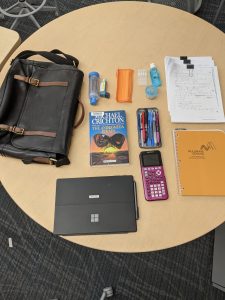Narrative 1:
Mar 1, 2055
Dear Diary,
Greed. Humans are so good at it. Our insatiable hunger for energy and money led us to fight each other over the meager pickings that Earth’s bones still had left, till they were licked clean. Roots of trees and plants that once held the soil together were all consumed, leaving nothing to prevent the incremental creep of sand and desert closing in. The air stings the lungs thanks to endless smoke from factories burning anything, everything, for energy. Buildings lay bare as skeletons thanks to scavengers ripping and salvaging everything for the factories. Law? Order? Figments of the past. What humans are still alive after numerous wars are like animals packed together over precious remaining resources. Survival is the only focus for anyone and everyone.
The giant factories can only last as long as there are things to burn. The sun, however, is always here. Hot and scorching. I hate the sun. I need my ski goggles to soften the day’s light so I can see. I give the middle finger to the sun as much as I can, but I need it. Or her. Or him. Them? I can’t remember the pronouns from school. I wish for school again; care-free, plenty of food, Tiktoks, and worrying about pronouns. Out here, nothing matters except to survive the day. And the next. And the one after that. It’s crazy just thinking how carefree life was so many years ago… Now, it’s just about the basics. It doesn’t matter how human you are… you do whatever you must to survive.
My savior in all this is my small portable solar panel; I got it as a birthday gift from mom and dad just before the Giant Short. I still have the birthday card with me. It sucks that I didn’t get a chance to say thank you for it – I couldn’t reach them by phone, so that’s why I’m trying to get to their cabin on foot. I’m only able to charge my battery pack as long as I have the sun, and some days are pretty sparse with the smoke cloud – I hope it gets better.
If someone finds this diary, my name is Ian Lee. I’m a survivor of the Great Short.
Narrative 2:
Apr 1, 2055
Dear Diary,
I still remember the day the Great Short happened. Stupid politics; stupid old white men in power. Stupid flexes of whose country was the ‘baddest’ – turns out the idiot who got trigger happy is one idiot and the responding one is also just as big as the first idiot. Things started flying back and forth. Every country wanted the last hit. The biggest one was rigged with an EMP and knocked out every single piece of tech for miles – and kudos to whoever who made it such that the magnetic waves lingered in the air just like radiation. Anything with a circuit fried. Older stuff like analog or battery-powered became stuff for kings – and people started fighting for it. Hard. It’s easier to be alone than being in groups (too much attention). I’ve done well in hiding from scavengers; two close calls in the beginning when they searched my bag but didn’t find my solar panel – I hide it under my shirt on my back just in case.
My luck hit rock bottom yesterday though – the charging cable that connects to the solar panel is starting to fray. I can see the copper wiring under the rubber bits. Lol – it reminds me of how much we used to gripe about Apple’s sucky wires and potentially being fire hazards. I’ll have to risk going into a community or city to find a cable, but I’m not sure what I can trade; canned food is always worth a lot, but there’s no way I’m trading my panel. I hope a pack of alcohol pads might be worth something. There’s a community halfway up the mountain that might be still running – hope I can trade for a cable and some food or water there. Wish me luck.
If I’m still alive after the trade or if that community isn’t even there, I still plan to head up Cypress Mountain to find Mom and Dad’s cabin without hitting the main roads. Maybe the magnetic radiation isn’t that bad up there with the altitude – won’t know until I get up there and test it out. Smoke is getting pretty bad, and I wish for the old Vancouver rain to wash some of this grime off of me. Doesn’t matter how bad I stink, I’m not planning to impress anyone nowadays.
If someone finds this diary, my name is Ian Lee. I’m a survivor of the Great Short.
